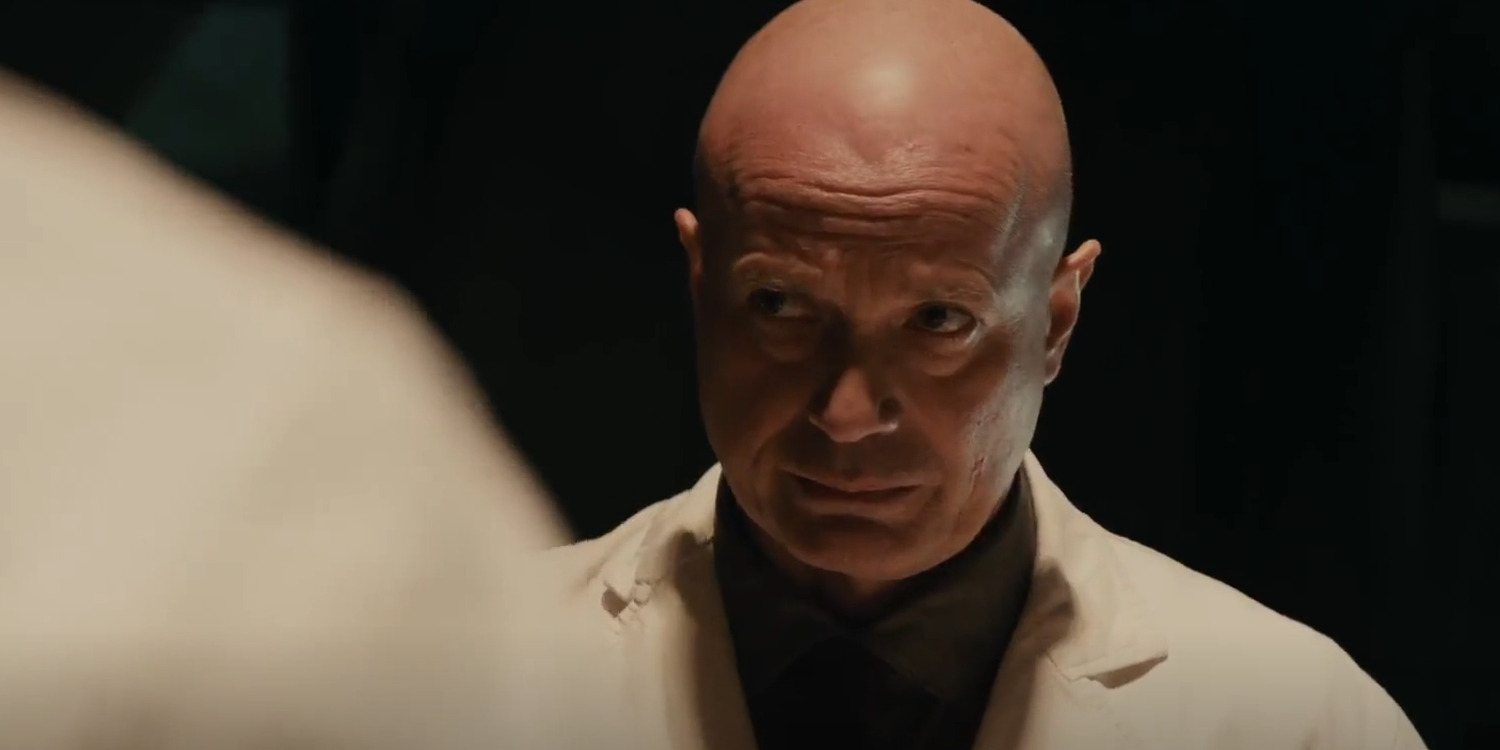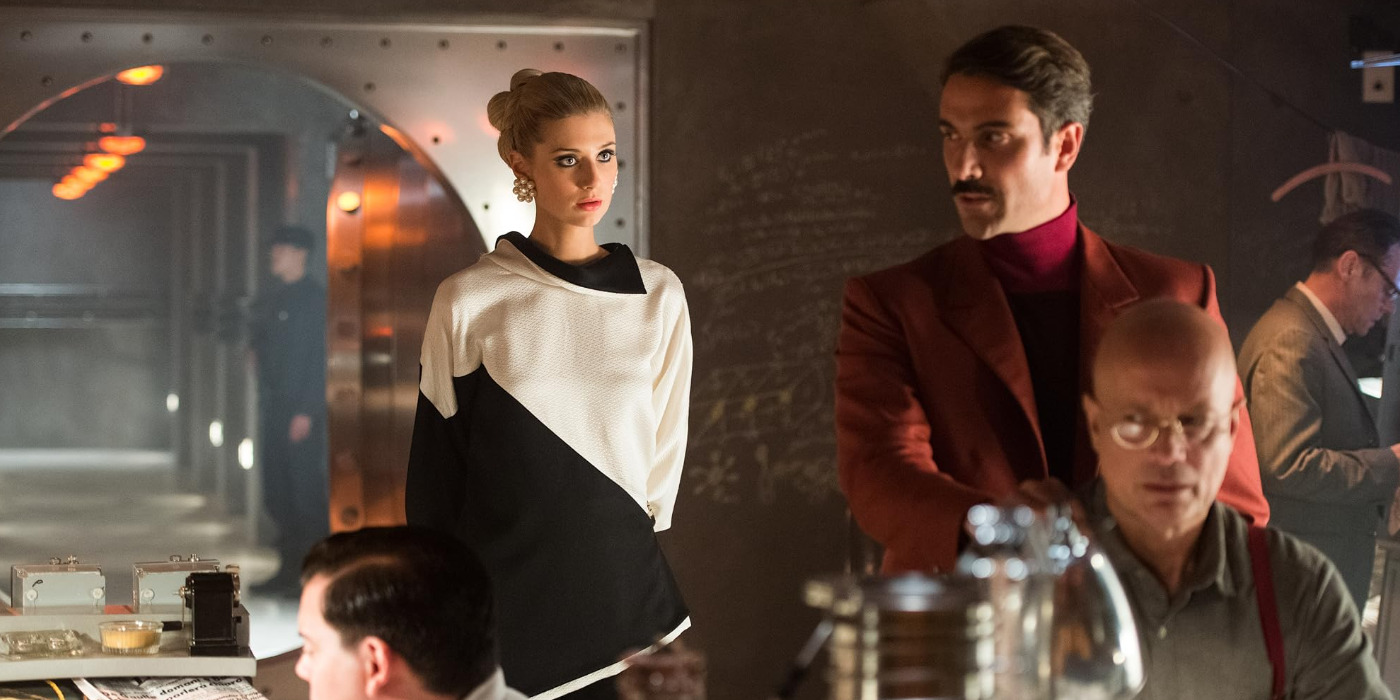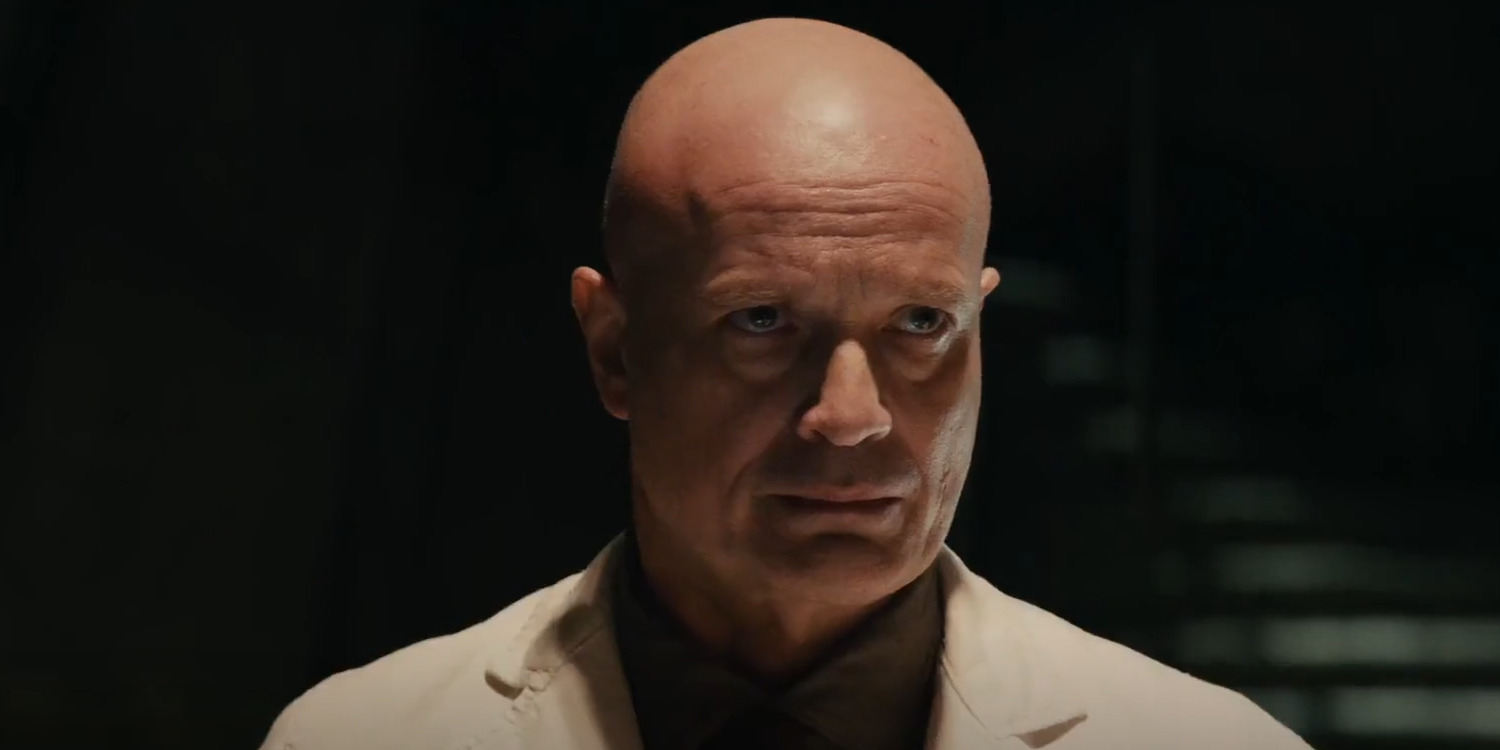In the 2015 Guy Ritchie action-comedy film ‘The Man from U.N.C.L.E.,’ a newfound nuclear threat in the 1960s pushes American and Russian security agencies to work together against a common enemy. The covert Italian crime syndicate, headed by Nazi sympathizers Alexander and Victoria Vinciguerra, has kidnapped known nuclear scientist Udo Teller for their own devilish means. As a result, CIA Agent Napoleon Solo and KGB’s Illya Kuryakin find themselves entrapped in a partnership with their sworn, bitter rival.
In their rescue mission, the two agents are accompanied by the scientist’s daughter, Gaby Teller, who is the key to locating her father and preventing a deadly weapon from falling into the wrong hands. Therefore, Udo Teller retains heightened significance within this historical story, garnering the audience’s attention regarding the scientist’s relationship with actual history. Thus, intrigue about the potential of a real-life counterpart behind the on-screen nuclear scientist emerges. SPOILERS AHEAD!
Udo Teller: The Nucleus of the Fictional Spy Adventure
Despite the historical setting of ‘The Man from U.N.C.L.E.’ and the context of American-Russian relations that is intrinsic to the premise, the events in the film themselves aren’t based on reality. Instead, Guy Ritchie’s film remakes the original eponymous TV series from the 1960s, equipping a new approach to the idea of the central spy duo’s misadventures. Consequently, the characters featured in the film—save for legacy characters like Alexander Waverly—remain constricted within the film’s fictitious confines. Udo Teller, whose presence holds the central narrative together, is no exception. For the same reason, he is rendered a fictional character.

Even though Udo occupies minimal screen time throughout the film, his presence shapes the nature of Solo and Illya’s narrative. The CIA and KGB only team up to foil the Vinciguerras, who have taken hold of a prominent nuclear scientist, compelling him to create a nuclear bomb for them. Neither Agency wants the threat of such a weapon in the hands of a criminal organization. As such, they put their best agents on the case to prevent the weapon’s creation by retrieving Teller from Vinciguerras’ grasp. Subsequently, Gaby Teller also enters the narrative, rounding out the central cast for the story to commence.

Therefore, Udo’s involvement remains essential to the formation of Solo, Ilya, and Gaby’s partnership, crafting the instrumental cornerstones within the narrative. However, as a result of the same association—which is innate to Udo’s character creation—his storyline becomes a work of fiction. In real life, no such partnership ever took place between the CIA and KGB toward the mutually sought-out destruction of an outside criminal party in relation to nuclear weaponry. As such, considering that Udo’s narrative begins and ends with the creation of the nuclear missile for the Vinciguerras, his existence is reliant upon his circumstances. Thus, due to the fictionality of the circumstances surrounding his relevance in the story, Udo Teller naturally cements himself as a fictional element in a fictional tale.
The Relevance of Nuclear Power in the 1960s
Even though ‘The Man from U.N.C.L.E.’ is firm in its fictional origins, it pays heed to the historical context surrounding its narrative. The film exudes an era-appropriate feel from the dialogues and locations to costumes and props. Likewise, its narrative also ensures authenticity when it comes to the backstory of its characters. Udo Teller’s introduction to the narrative arrives with his association with Hitler and the Nazis, who forced him to work on their nuclear weaponry program during World War II. In the war’s aftermath, the scientist found himself bound under a new warden, an underground Italian criminal organization.

Due to Udo’s past connection in the field of nuclear weapons development, the Vinciguerras forced him to continue his work and create a nuclear weapon for them. Even though Udo’s presence as a nuclear scientist doesn’t hold ties to any historical figures, it draws upon the historical significance of nuclear weapons during the time period. From the late 1960s to the early 1970s, Italy put in the effort toward developing nuclear weapons. Therefore, given the context of the national pursuit of a nuclear program, the concept of crime syndicate’s identical efforts during the time becomes a probable storyline. Likewise, Udo’s connection to the Nazis remains backed by the historical reality of the German nuclear program, which started in the late 1930s.
Consequently, through real-life context, Udo Teller’s presence within the narrative remains historically sound. Nonetheless, even though the scientist doesn’t seem outlandish within his period setting, his storyline doesn’t hold any connection to tangible, real-life individuals or instances. Ultimately, the details surrounding Udo Teller and his experiences are solely informed by the film’s fictitious premise. For the same reason, he holds no real-life counterparts or inspirations, remaining entirely detached from reality.
Read More: The Man from U.N.C.L.E.: Is Vinciguerra Shipping Yard a Real Place?


You must be logged in to post a comment.